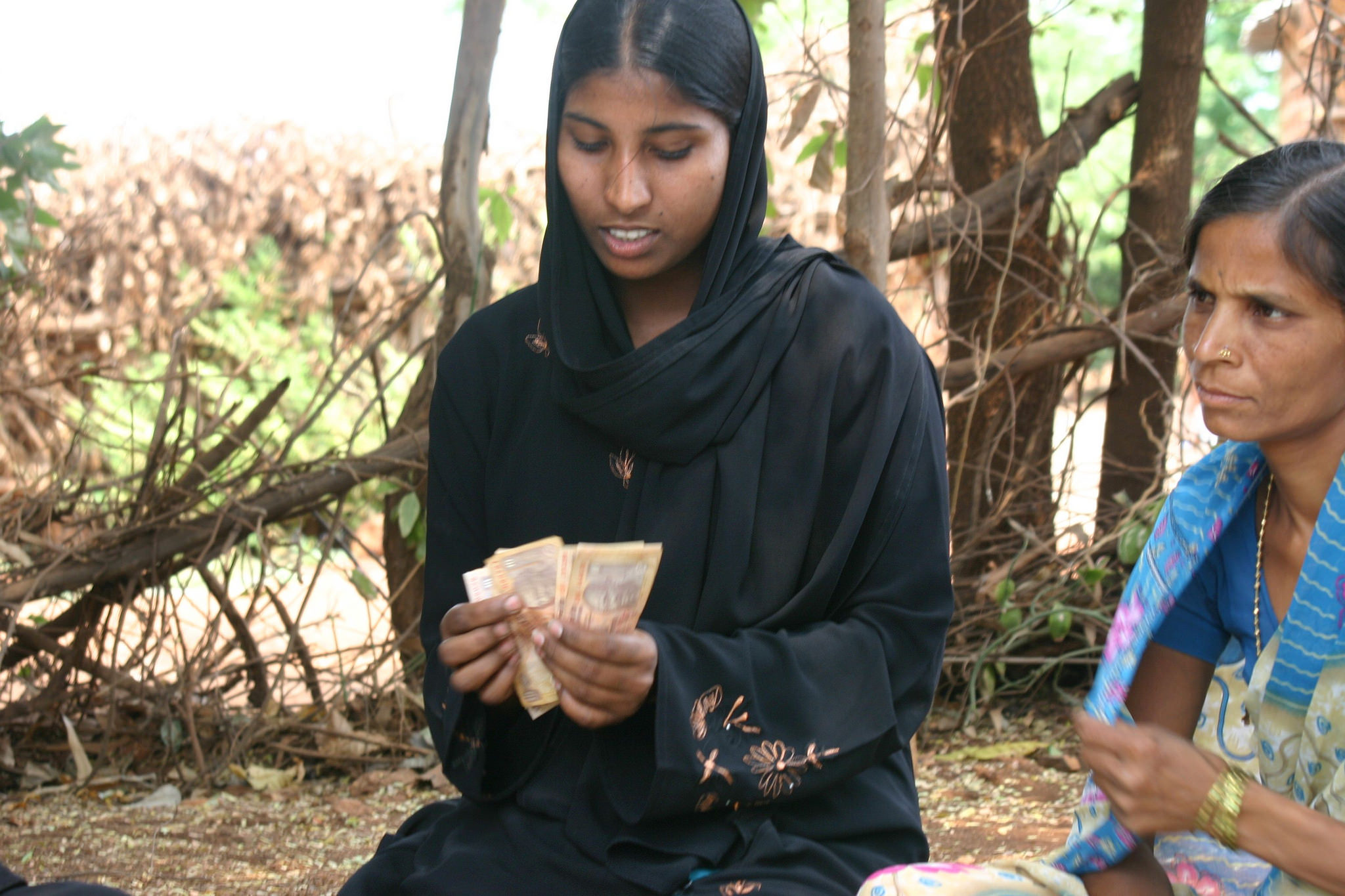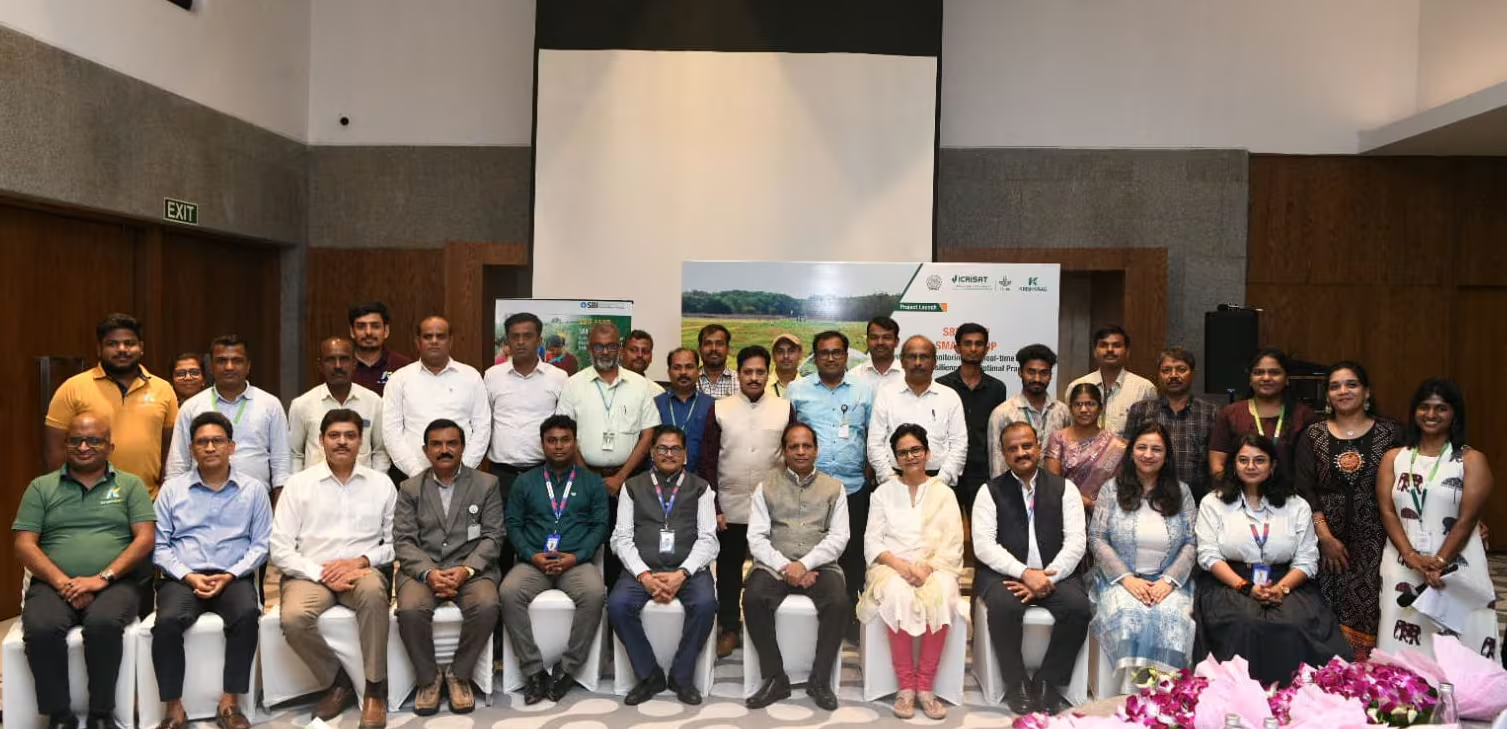Model offers new approach to account for intangible factors driving microfinance group loan performance
- From
-
Published on
08.10.18
- Impact Area

Many households in developing countries lack access to credit because they have no cash or property assets to serve as collateral. This can severely limit their life opportunities, preventing them from investing in their farms or other businesses, and also reduces their resilience to economic shocks.
Group lending through microfinance programs has become a popular practice in many developing countries to address this issue. Instead of attempting to borrow individually, people organize into self-help groups that collectively take out loans; all group members are responsible for paying them back. This arrangement allows financial institutions to rely on information advantages among group members, rather than on financial collateral, to mitigate information asymmetries between lenders and borrowers.
While generally effective, group lending encounters a basic problem of any loan program—some participants end up not paying the money back. How can group lending programs effectively collect repayments while still serving poor borrowers? Specifically, it can be difficult for lenders to determine which groups pose a risk of default and which do not.
Many factors determine a group’s loan repayment performance. These include members’ socio-economic characteristics (e.g., income, occupation, literacy, etc.), but also more intangible factors such as entrepreneurial spirit, trust among group members, and the level of peer monitoring and enforcement. These latter factors are important for the fate of loan repayments, yet cannot be readily observed or quantified.
A 2018 paper published in Economic Inquiry by IFPRI researchers Manuel A. Hernandez and Yanyan Liu, and collaborator Li Gan of Texas A&M University, proposes a new model to examine these unobservable individual and group characteristics and their role in group repayment behavior. It is designed to aid lenders in identifying more and less risky borrowing groups.
Photo credit: International Labour Organization
Related news
-

SBI Foundation Joins Hands with UAS Raichur and ICRISAT to Launch “SMART-CROP” Initiative
International Crops Research Institute for the Semi-Arid Tropics (ICRISAT)29.10.25-
Big data
-
Poverty reduction, livelihoods & jobs
SBI Foundation, the Corporate Social Responsibility (CSR) arm of the State Bank of India, has…
Read more -
-

Can the Southern Mediterranean Fish Value Chain Thrive Without Women’s Empowerment?
WorldFish22.10.25-
Gender equality
-
Poverty reduction, livelihoods & jobs
When you picture the Mediterranean’s blue economy—encompassing its vibrant fisheries and aquacul…
Read more -
-

World Food Day 16 October: A Hungry World Knows No Borders
International Crops Research Institute for the Semi-Arid Tropics (ICRISAT)16.10.25-
Food security
-
Poverty reduction, livelihoods & jobs
When crops fail, people move not by choice, but by necessity. As families are displaced…
Read more -
